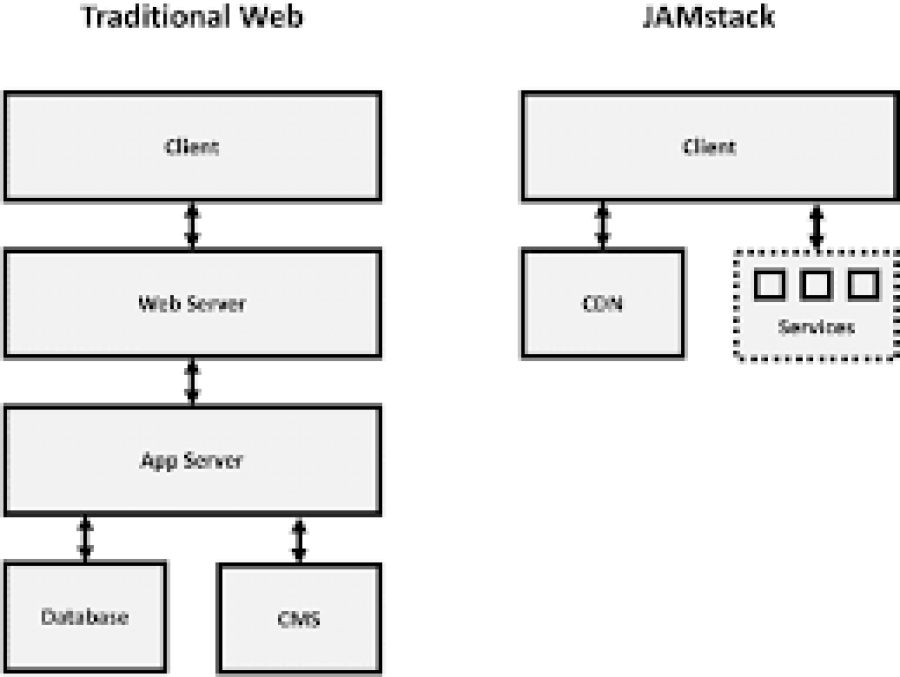How to Set Up a Full-Stack Web Development Environment
Setting up a reliable and efficient full-stack development environment is the first step toward building high-quality web applications. Whether you're a beginner learning the ropes or a seasoned freelancer working on client projects, the right setup can significantly boost your productivity and reduce project errors.
At FreelancerBridge, we understand how crucial it is for web developers to work in a well-structured and seamless environment. In this guide, you’ll learn exactly how to configure your full-stack web development setup in 2025—optimized for performance, scalability, and modern tools.
Long Description
Creating a full-stack environment involves configuring both frontend and backend tools, setting up databases, integrating version control, and ensuring a consistent workflow. Let’s break down each step with best practices that every modern developer should follow.
✅ 1. Choose the Right Tech Stack
Before setting up your environment, define your full-stack tech stack. The most popular stacks in 2025 include:
MERN (MongoDB, Express.js, React, Node.js)
LAMP (Linux, Apache, MySQL, PHP)
Laravel + React or Next.js + Prisma
Django + React/Vue
Choose a stack that matches your project goals, personal expertise, and long-term maintainability.
✅ 2. Use a Version Control System (VCS)
Version control is non-negotiable. Using Git ensures you can track changes, collaborate easily, and avoid losing code.
Create a GitHub, GitLab, or Bitbucket repository
Set up .gitignore files properly
Learn branching strategies like feature branches or GitFlow
Use GUI tools like GitKraken or GitHub Desktop if you're not comfortable with CLI
Version control creates a safety net for every project.
✅ 3. Set Up Your Code Editor or IDE
A powerful code editor helps you code faster and smarter.
Recommended Editors in 2025:
Visual Studio Code – Lightweight, extensible, and full of helpful extensions
JetBrains WebStorm – For JavaScript-heavy projects
PHPStorm – Ideal for PHP/Laravel projects
Install essential extensions:
ESLint / Prettier
GitLens
Live Server
Docker support
REST Client for API testing
Use themes and keybindings that improve your focus and efficiency.
✅ 4. Local Development Environment
A robust local setup mimics the production environment as closely as possible.
Options include:
XAMPP / MAMP / WAMP – For PHP-based stacks
Docker – To containerize your entire stack
Vagrant – For virtual machines
Node Version Manager (nvm) – For managing Node.js versions
Install databases like MongoDB, MySQL, or PostgreSQL locally and ensure services are running efficiently.
✅ 5. Backend Setup & Folder Structure
Maintain a scalable backend structure from day one:
Organize files by routes, controllers, models, and services
Use environment variables for secrets and ports (.env files)
Set up logging with tools like Winston or Morgan
Use dotenv, cors, and helmet for essential configuration
A clean architecture helps you scale and maintain your codebase long-term.
✅ 6. Frontend Setup & Frameworks
Choose a modern frontend framework like React, Next.js, or Vue 3.
Best practices include:
Use component-based architecture
Manage state with tools like Redux, Zustand, or Pinia
Organize folders for pages, components, assets, and hooks
Use TypeScript for better developer experience and safety
Use tools like Vite or Webpack for fast bundling and development servers.
✅ 7. Database & ORM Integration
Whether you're using a SQL or NoSQL database, your environment should support easy integration.
Tools for 2025:
MongoDB Compass or Studio 3T for MongoDB
PgAdmin for PostgreSQL
MySQL Workbench for MySQL
Integrate ORMs like:
Prisma for Node.js
Mongoose for MongoDB
Eloquent for Laravel
TypeORM or Sequelize for SQL-based setups
Define schemas clearly and seed sample data during setup.
✅ 8. Testing Tools and Frameworks
Modern developers must write tests for reliability. Set up testing environments early.
Recommended tools:
Jest – For frontend and backend JavaScript
Mocha / Chai – For backend APIs
PHPUnit – For Laravel/PHP
Playwright or Cypress – For end-to-end testing
Configure test scripts in package.json or use tools like Vitest for Vite projects.
✅ 9. Linting, Formatting, and Pre-Commit Hooks
Ensure clean and consistent code using automated tools:
ESLint for JavaScript/TypeScript
Prettier for consistent formatting
Husky + lint-staged to run checks before commits
These tools keep your codebase clean and avoid style conflicts during collaboration.
✅ 10. Dockerize Your Environment
While optional, Docker is increasingly used to create isolated and replicable environments.
Benefits:
Ensures consistent behavior across machines
Simplifies dependency management
Makes onboarding faster for team members
You can create separate containers for your frontend, backend, and database services.
✅ 11. Set Up Local and Remote Deployment Workflows
Test deployment locally before going live. Tools to consider:
PM2 for process management (Node.js)
Vercel, Netlify for frontend hosting
Heroku, Railway, Render for backend and database hosting
Use GitHub Actions or GitLab CI/CD for continuous deployment
Test everything in a staging environment before moving to production.
✅ 12. Monitor & Debug Efficiently
Even during development, logging and monitoring can save hours of debugging.
Tools to consider:
Sentry, LogRocket – Track errors in real time
Browser DevTools – For frontend debugging
Postman, Thunder Client – For API testing
Database visualizers – For checking data changes live
Being proactive in debugging means less time fixing bugs and more time shipping features.
✅ 13. Keep Documentation
Document your setup, especially for team projects:
Create a README.md
Maintain a setup guide
Use Notion or Docs for internal documentation
Log API endpoints and routes
Documentation is a life-saver when you revisit the project after weeks or months.
✅ 14. Backup and Sync
Use cloud syncing to protect your projects:
Tools like Dropbox, Google Drive, or OneDrive
Use GitHub private repos for long-term storage
Automate backups of databases locally or to cloud services
Better safe than sorry.
Conclusion
Setting up your full-stack development environment correctly is a foundational step that determines your workflow, project speed, and code quality. From version control to frontend frameworks and Docker containers, everything must be planned to streamline your development journey.
Whether you're working solo or managing clients, FreelancerBridge recommends investing time upfront in building a robust and modern full-stack environment. It pays off in speed, confidence, and professionalism with every project you deliver.


 by Emily
by Emily




